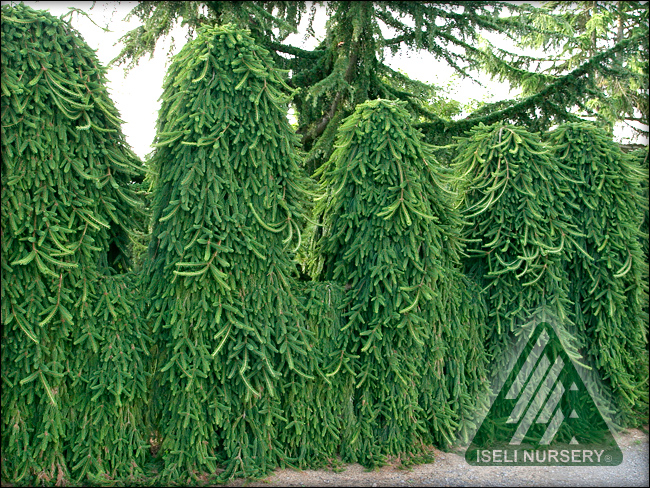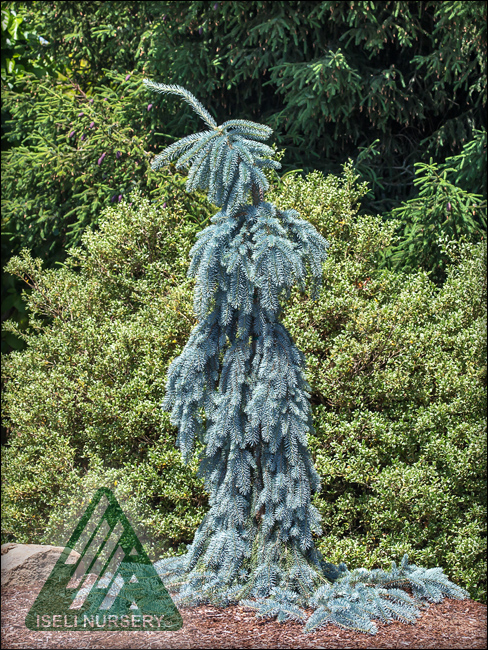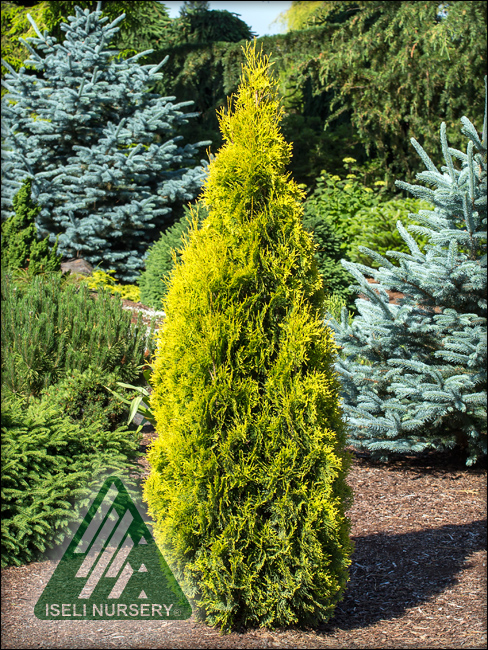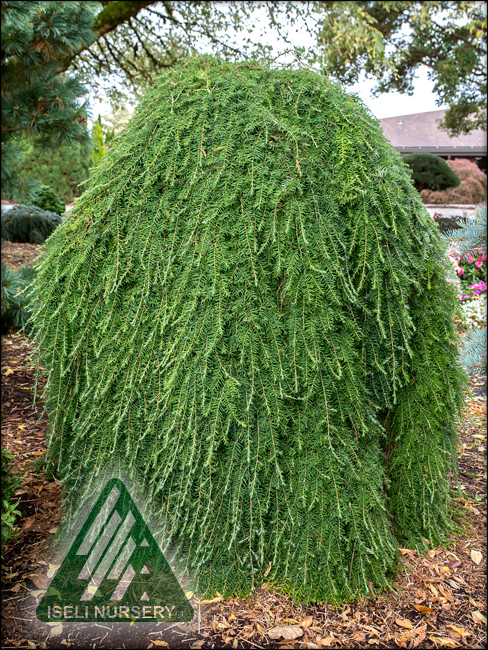Over my years of gardening, I have been inspired by all different kinds of tremendous garden designs. Many have had a lasting impact on me, while others have faded away like so many memories do over time. I love large garden spaces that present the opportunity to create smaller, more intimate garden rooms to enjoy while strolling through the garden or when available, being able to stop and dwell in a “private” space which is enclosed by all kinds of plants. I try to keep mental notes of those inspirational settings so that I can draw from them to implement similar concepts in the gardens I design.

When we arrived at our little lot, the 30 year-old fence showed signs of haphazard repair, barely helping the fence to stand and with the first big windstorm, down came sections that had not yet been patched together. Fortunately, we were prepared and had already scheduled the old, rotting fence to be removed and an nice chain-link fence to be put in its place. Of course we lost any privacy the old fence provided, but my strategy is to utilize a number of great conifers (and other exciting plants) to create natural screening that will grow and eventually offer complete privacy to our back-yard space.

To achieve this goal, I have an overall strategy that will utilize a number of different selections, planted in layers, beginning near the fence and then working inward toward areas that will feature smaller, more ornamental plants, vegetables and herbs. I have already planned the placement of “rooms” that will be considered more private than others and will require planting combinations that will fill in quickly to provide the desired screening effect as soon as possible.
My first strategy is to plant an initial layer that will block eye-level views into our garden from the adjacent city park. My desire is that this outer layer will be as low-maintenance as possible. I have no desire to spend the final years of my life shearing large hedges to contain them and keep them looking tidy. I’ll be using a combination of groups of weeping conifers for this Fence Layer of the screen.

Picea abies ‘Pendula’ can be commonly found in many garden centers around the USA. What I love about using this selection as a screen is that it has a perfect curtain-like effect. Similar to the example photo above from the Jean Iseli Memorial Garden, I’ll be staking my plants to a height of about seven feet, along my five foot chain-link fence. As the trees grow, I’ll spread side branches along the top of the fence and their lateral branches will fall and eventually cover the fence from tree to tree. I will also take side branches at about the six foot mark and train them loosely from tree to tree for a softly sweeping effect. At the top, once I no longer train the central leader up the stake, it will simply flop over creating a rounded top. Planting several of these in a line along the fence will create a very attractive, first level of screening.

I don’t intend to simply plant a row of Weeping Norway spruce along the entire length of my fence – that would be terribly monotonous. My plan is to use the same technique with conifers of different colors or textures depending on what “room” of the garden they are screening. In a more shaded area, I’ll use the shade tolerant, Tsuga heterophylla ‘Thorsen’s Weeping’ with very much the same technique of training. To brighten a smaller space, I may use Picea pungens ‘The Blues’, which has a very similar growth habit but its bright silvery, powder blue color will reflect light. To really brighten a space, a hedge of Thuja occidentalis ‘Jantar’PP#22296 could be used. I may plant a row along the north side of my vegetable garden to reflect more light into the space for those sun-loving plants.
Remember, the weeping plants I’ve mentioned today are just the first layer of screening that I will be using in my new garden. I’ll also consider mixing a row of a combination of these plants (or others) for a beautiful non-conventional screen. Imagine the color of ‘Jantar’ placed between a pair of ‘The Blues’ and continuing that effect for 30 feet or more. Stay tuned to learn more of my strategy to screen my garden for privacy – and for fun!
Ed-
Conifer Lover

